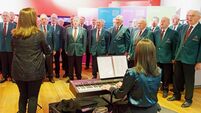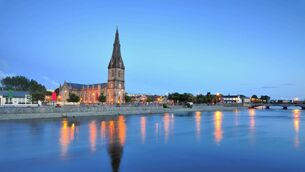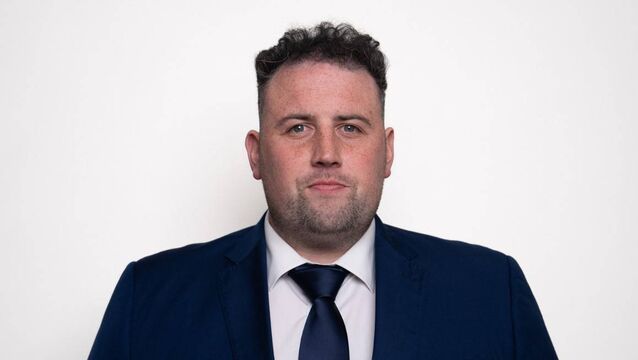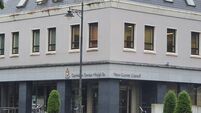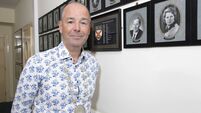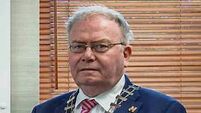'Growing up as an Irish child in London in the '70s felt isolating'
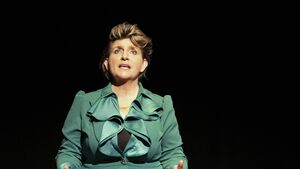
Morag Prunty brings her widely-acclaimed one-woman play 'Am I Irish Yet?' back to Ballina Arts centre. Picture: Alison Laredo
Budding playwright Morag Prunty (already famous for being the novelist Kate Kerrigan) is bringing her one-woman show, 'Am I Irish Yet', back to Ballina Arts Centre on Wednesday, January 24th, following a series of sell-out performances in the London theatre world.
But never mind London! Ballina was where it all began. Not just a year ago, when Morag debuted her show to a packed house in the local arts centre – and realised she’d struck a chord with her audience – but back in the '70s and '80s when she holidayed every summer with her grandparents in Ballina, as a child and then a teenager with an English accent.
“Ballina was a really lovely, fun, party town, a young person’s place, in the '80s,” she says. “There was a choice of discos. We went to Tingles, the Georgian, and Pearls, and then whoever had a car, we’d all pile into it – like ten bodies in the one car – and head to the disco in Belleek dungeon, where Ray Mac was the DJ, and there was great music and plenty of dark corners for romance.”
Then it was “into the Chinese takeaway, surely the first one in Mayo, at the back of what is now the Cot and Cobble”.
She says it was a livelier scene than in London.
“It was freer, and you felt safe – somehow you couldn’t get into trouble because everyone knew everyone else. I loved who I was when I was in Mayo, it felt like home. I was more relaxed, more confident – even the light seemed better, I felt pretty when I looked at myself in the mirror and didn’t feel the need to wear makeup. There was no pressure or expectation.”
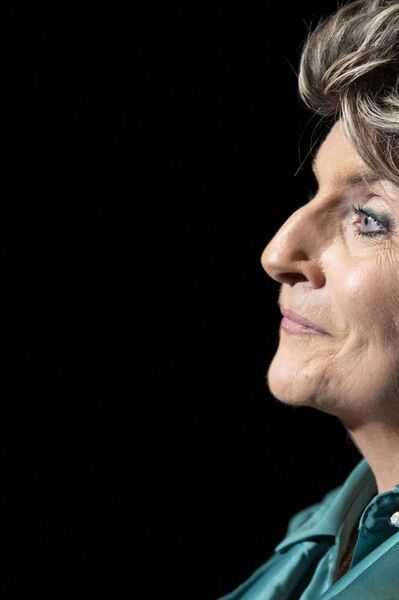
It was Morag’s abiding love of Ballina that drew her back to Ireland in the early '90s, and now she lives in Killala and her youngest son Tom goes to Moyne College where her grandfather, Hugh Nolan, was the headmaster when it was still called 'The Tech'.
It was Hugh Nolan who developed the very strong student-led ethos in the school, recalls Morag.
“My grandfather was a very liberal man, he was very supportive of his students and never used a stick, and I’m happy to say the school is still student-led, and as good as ever. And people still come up to me and say ‘your grandfather really helped me out’,” she says proudly.
A fluent Irish speaker, Hugh Nolan founded the Gaelic League with Douglas Hyde (the first president of Ireland) and captained an IRA battalion in Mayo during the War of Independence. The Black and Tans hated him – they called him 'The Teacher' – and at one point managed to capture him and hold him hostage in the police station in Killala, where they “beat him to a pulp and told him they were going to shoot him in the morning”.
Fortunately, one of the local policemen let him out in the middle of the night, and despite his injuries, he managed to get hold of a bicycle and cycle the seven miles to a safe house in Ballina.
Hugh’s wife, Morag’s grandmother Anne, was also a strong person – a “tough and determined Mayo woman”. She had done her teacher training in Edinburgh, and though after meeting Hugh she stayed home to raise her children in Ballina, she made sure to send Morag’s mother Moira, together with Moira’s sister Sheila, to the same college to get their own qualifications.
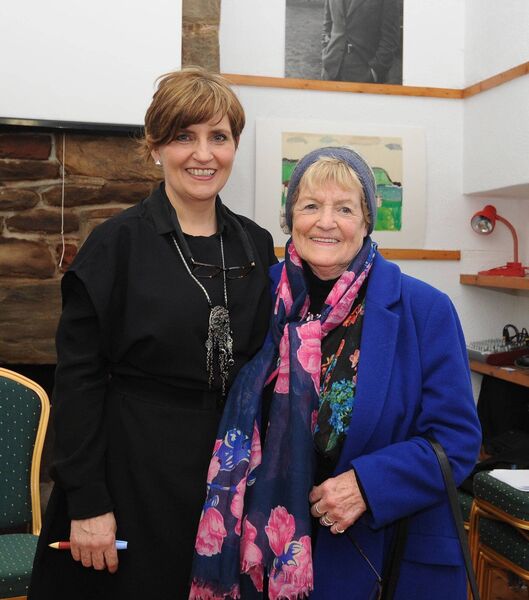
It was at college that Moira met Morag’s father, Tom Prunty, and the couple moved to London and had their family. And stayed for a long while.
“Growing up as an Irish child in London in the '70s and '80s felt isolating,” explains Morag. “There was all the bombing going on, and everyone hated the Irish for it, they were dangerous, they were reviled. You were either hiding your identity or clinging to each other. And it was tough for a certain type of young man, second generation Irish, who wasn’t accepted in London but when he went home, his Irish cousins also rejected him and called him a ‘Tan’ and told him to ‘get back to England’.”
These rootless young lads could be pulled in one of two directions, she explains.
“A young man with an English passport, who wanted to prove he was ‘proper Irish’, was the Holy Grail for Republican activists. Then on the other side was the National Front, saying ‘we’ll accept you, join us, you can be proper English’.”
To Morag’s surprise, “the people who respond most to my shows in London are men in their fifties".
"The women enjoy the stories about my hairdressing days and about when I was editing magazines, but it’s the men who come up to me saying, ‘I’ve been waiting all my life for someone to tell my story’, and they’re very emotional about it because, finally, someone is talking about what it’s like to feel Irish but look and sound English.”
Morag wants Ireland to give more back to its diaspora, which has served Ireland well for so long.
“The idea of ‘Irishness’ is Ireland’s best export – conviviality, creativity – it’s a huge source of soft power, and we shouldn’t squander it by being too exclusive about what constitutes being Irish. Irish people from Leeds, London, Boston, Sydney…They really want to feel they belong and are accepted.”
She adds: “I’d love to set up a central library – I’ve been speaking to the Mary Robinson Centre about this – about the Irish diaspora, instead of the information being located in academic works in the universities of Manchester, Edinburgh, Boston and New York. Irish society has been built on people leaving, sending things back, coming back themselves. It’s time for the country to create a central record of that endeavour.”
Morag herself loves being back in north Mayo.
“I love the landscape, love the feeling I have here, of belonging and home, the sense of community, the safety of everyone knowing everyone.”
It still reminds her of her teenage years.
“I can still tap into that holiday feeling: the light on the beach, the soft rain, a way to find relaxation and happiness every day in a way that’s not really possible in London.”
* 'Am I Irish Yet?', a one-woman play by Morag Prunty, comes to Ballina Arts Centre on Wednesday, January 24th, at 8pm. Tickets: €18

